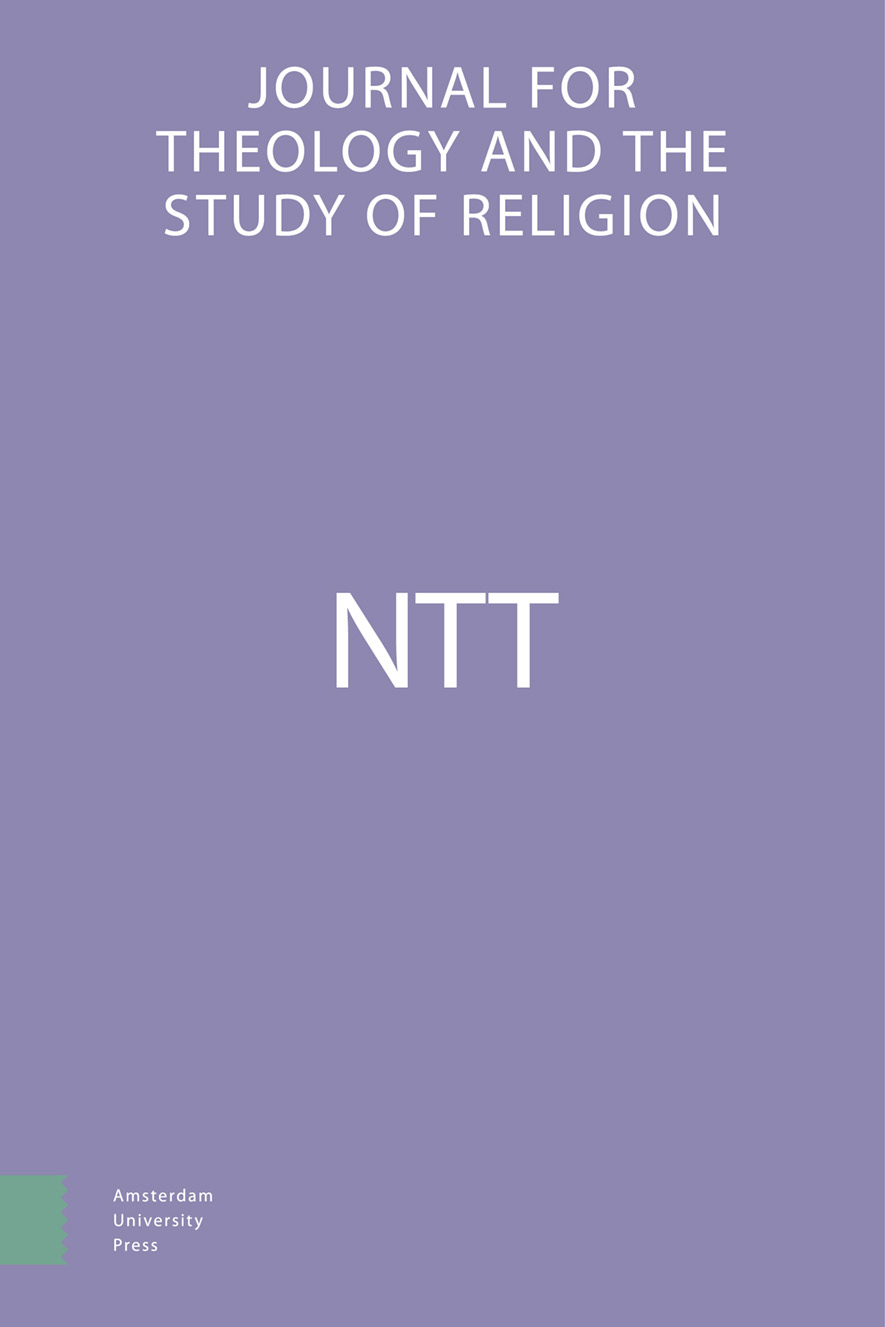-
oa [Elitevorming en migratie: Hoogleraren in de theologie in Bremen (1584–1812) Aanzet tot een comparatieve prosopografie, Elites and Migration: Theology Professors in Bremen (1584-1812). Sketch of a Comparative Prosopography]
- Amsterdam University Press
- Source: NTT Journal for Theology and the Study of Religion, Volume 61, Issue 1, feb. 2007, p. 30 - 46
Samenvatting
The Bremen Gymnasium Illustre was a driving force in the Reformed confessionalisation process in Europe. Between 1610 and 1810 the Academy counted 7,680 students and 201 professors. In this quantitative-prosopographic description of the Gymnasium’s corps of theology professors, geographical origins, education, careers, social class, payment, and matrimonial affiliations are compared with those of professors of the other Bremen faculties, and of the university of Franeker (1585–1811). The Bremen group proves more excellent and less given to travel, but also less internationally oriented and affluent than their Franeker colleagues. Elites were in fact formed, but only partly through migration.


